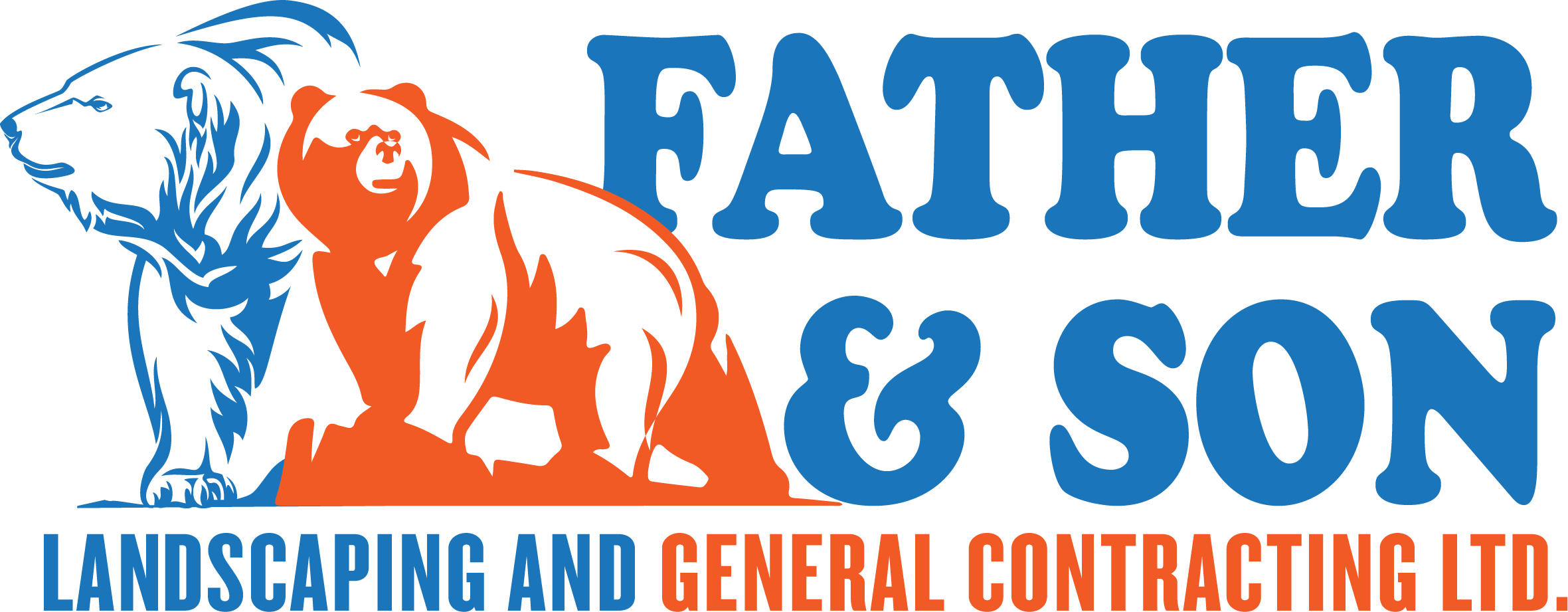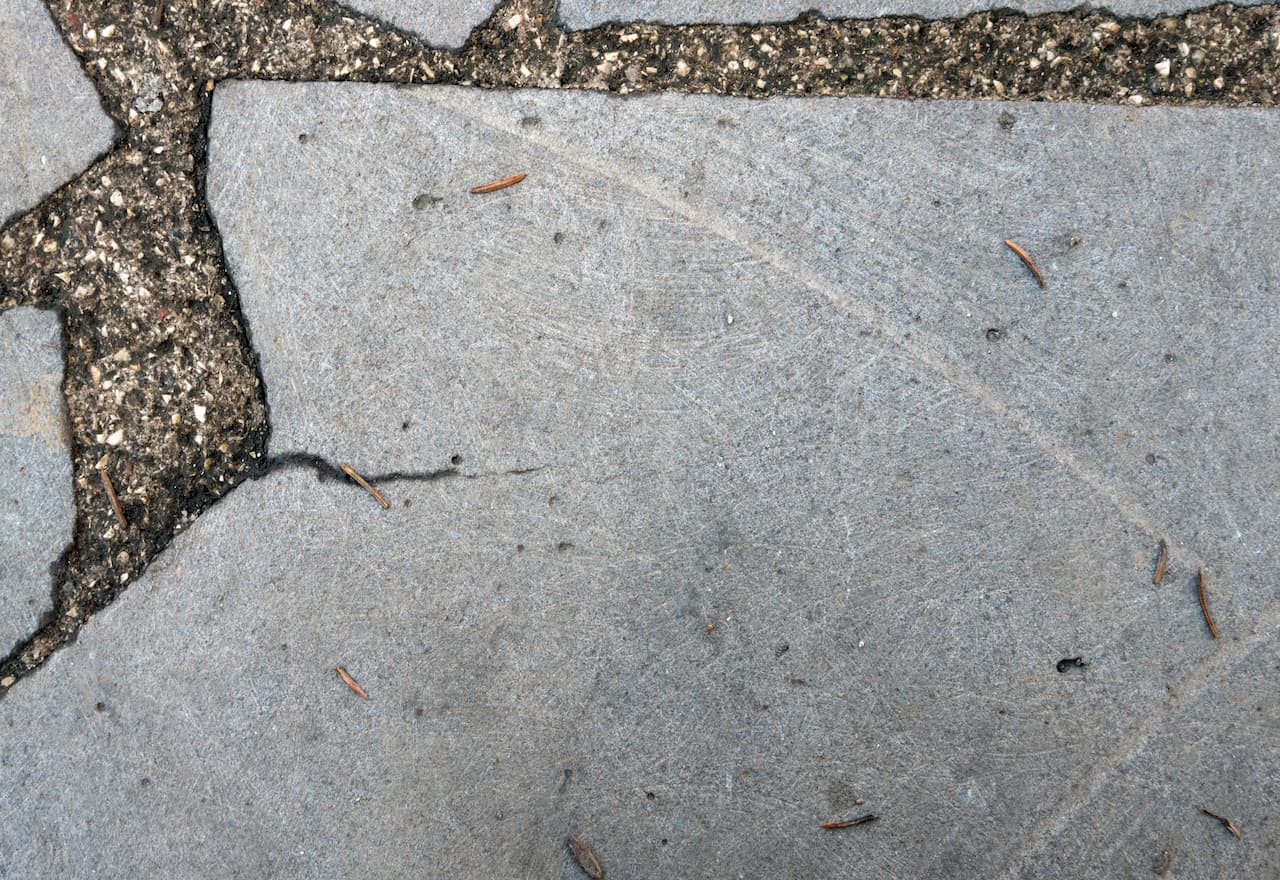Concrete Problems: What Causes Sinking & How to Fix It
Concrete is supposed to last forever but that doesn’t mean it’s immune to time or the elements. Whether it’s a sunken sidewalk, a lopsided driveway or a patio that just doesn’t sit right anymore, sinking concrete is a common problem that creates tripping hazards, drainage issues and serious curb appeal problems.
But why does concrete sink in the first place? And more importantly—what can you do about it?
Let’s get to the usual suspects and explore the best ways to fix these annoying (and often ugly) concrete problems. It’s not just about looks—stable concrete supports your home’s safety, prevents moisture intrusion and protects the surrounding areas. That makes fixing the problem more than cosmetic—it’s fundamental.
What Causes Concrete to Sink?
What Causes Concrete to Sink? Sinking concrete can be attributed to a variety of causes, some of which are simply natural while others are related to installation techniques or environmental conditions. Here are the top reasons that might cause your concrete to sink:
- Poor Compaction: As workers place a new concrete slab, if they do not adequately pack down the soil beneath the slab correctly, it can settle in an uneven position over the length of time. The soil above will eventually start shifting, creating voids and air pockets for the slab comes downward (i.e., sink).
- Moisture Changes: Soil expands when wet, and shrinks when dry. This occurs in cycles, over and over, and can cause the concrete to rise and sink at various times of the year, often during seasonal changes.
- Erosion & Water Movement: When water does not move away properly, or accumulates next to a slab, it can begin to erode the soil. When the soil is no longer strong enough to support the weight of the concrete slab, it sinks.
- Freeze & Thaw: Similar to moisture changes, in cold areas, water freezes in the soil, pushing the concrete up. When the ice melts, the soil shrinks again, allowing the concrete to sink down.
- Heavy Loads: Sometimes, a concrete slab serves as a surface for regularly storing weight. Things like RVs, trucks, and heavy planters can put stress on slabs over time.
Is Your Concrete Trying to Tell You Something?
Everyday when you walk across your driveway or patio you probably not think any of these thoughts, but sometimes the ground under your feet is shifting \/ settling below you. Maybe it is only a small dip that catches your attention, or perhaps water is collecting at the spot it never collected water before or maybe you trip over an edge that should have overnight been sitting flush on the ground.
All of these early indicators highlight the fact something may be going on beneath the surface. Another classic indicator of ground movement is cracks that have formed in either a zig-zag or diagonal format.
Typically, if a door, gate, or other object stops hanging plumb, it may also indicate the ground has (and is shifting move). Gaps between steps or an out-of-alignment elongated portion of your walkway are all signs your concrete may be shifting down. The sooner you notice these behaviors and act upon taking action in resolving them the easier and less expensive they are to fix.
Repair Solutions: From Quick Fixes to Long-Term Gains
Repair Solutions: From Quick Fixes to Future Savings There is no single fix for sinking concrete; this can be addressed in a variety of ways depending on how extensive and what is causing it. Here are some common fixes:
Mudjacking (Slabjacking)Mudjacking (or slabjacking)
Is done by drilling small holes in the concrete and pumping in a cement-based slurry that, once settled, lifts up the slab. Mudjacking is typically the most economical and is best used with moderate repairs.
Polyurethane Foam Injection
Polyurethane foam injection is a more modern method that uses lightweight expanding foam to raise the slab. It cures much faster and is less invasive than mudjacking, and also allows for more precision.
Concrete Replacement
If the slab is severely damaged or crumbling, removal and replacement may be the only option. It would allow a completely new base as well as any new or better compaction methods used a second time.
Proper Drainage & Grading
Sometimes the fix is really a preventative; it could involve re-grading soil, French drains, etc., and may not only reduce erosion but preserve the end of the lifecycle of the previously poured concrete.
How Professional Help Makes the Difference
While small patches or DIY fixes may offer temporary relief, long-lasting results usually require a professional touch. A qualified concrete expert can assess soil conditions, check for underlying issues, and recommend the best approach based on your specific property.
Plus, pros have the right tools and materials to perform repairs that last—so you’re not revisiting the same issue a year later. Their experience also helps spot the subtle signs of trouble you might miss, like signs of poor drainage or invisible shifts in elevation. With their guidance, you get peace of mind that the fix you’re paying for is the one that truly solves the problem at its root.
A Solid Surface You Can Rely On
Concrete problems can really take you by surprise, but they don’t have to stick around. With the right repairs and a bit of preventive maintenance, your walkways, driveways, patios, and steps can remain level, safe, and looking fantastic for years to come.
If you start to see your concrete sinking, don’t wait any longer. Tackling the issue now can save you money, reduce stress, and help avoid more damage later on. It’s all about staying proactive before it turns into a bigger, pricier headache.
Need some help? At Father & Son YYC, we’re all about assisting homeowners in revitalizing their outdoor spaces with care, precision, and solutions that last.
Whether it’s sinking concrete or a complete landscaping makeover, we’re ready to roll up our sleeves and get the job done right. Contact our team today for a quote or consultation—and let’s restore solid ground to your home.

